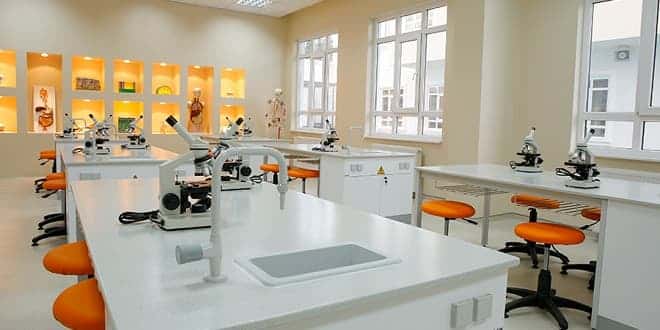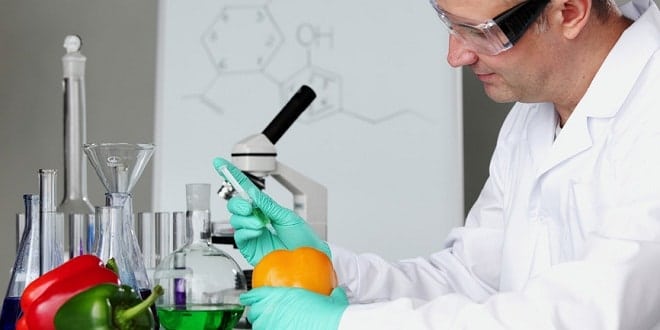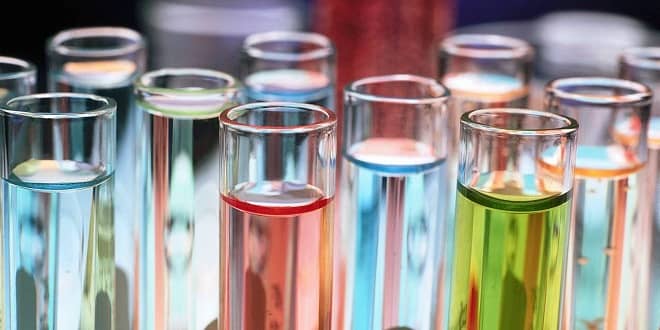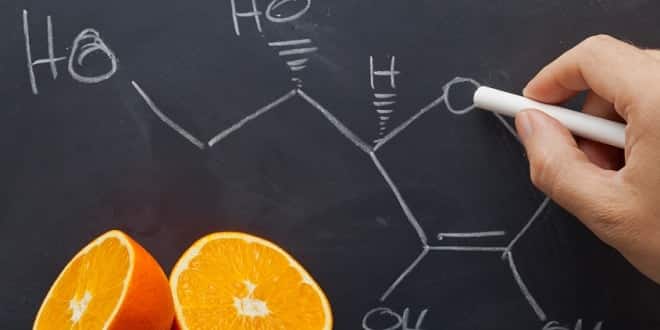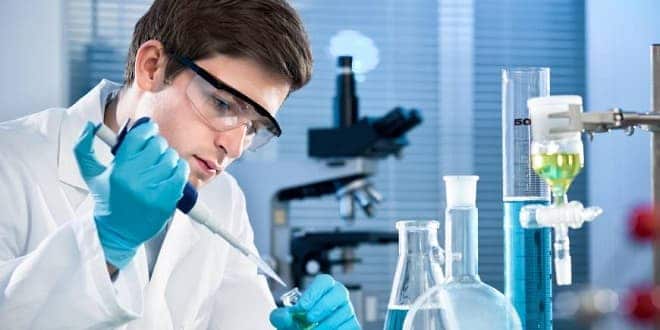Enzimler
-

Laboratory > Heat Treatment
In this experiment we investigated the effect of temperature on enzyme activity and protein content. After the calculations we plotted two graphs these were protein content versus temperature and total activity versus temperature. According to the graphs we can say that the total activity increases up to a point then it starts to fall down. Initially this increase is caused by the increase in temperature up to the optimum temperature for reaction to gain sufficient energy to reach the activation energy. Then the activity decreases since further increase in temperature cause denaturation of protein. According to…
-

Laboratory > Heat Treatment v2
In this experiment, Major affect of enzyme activity and stability is temperature. Since enzymes are biochemical catalysts, made up at least partially of protein, they are sensitive in varying degrees to heat. Raising temperatures of the environment generally multiplies the degree of activity by the enzyme. The most dissolved protein is denatured by heat when the temperature higher than about 50oC. Heat denaturation results in protein precipitation as a result of destruction of the secondary structure and formation of random aggregates. Because all proteins are not stable when heated in aqueous solution. The precipitate enzyme is recovered…
-

Laboratory > Immobilization
Purpose: In this experiment we determined the rate of enzyme activity using free and immobilized enzyme. And our aim in this experiment, notice the difference between them. Materials: Distilled water, Buffer solution, Tube, Pipette, Oil, Alcohol, Water bath, Beaker, Enzyme (Candida rugosa lipase) Procedure: Immobilized enzyme: 0.012 g Immobilized enzyme (Candida rugosa lipase) was taken and 1 ml. olive oil was added. Then 3 ml. 25 mM KP buffer was added. This solution was placed water bath at 37 C for 30 min. After immobilized enzyme had been centrifuged, supernatant…
-

Laboratory > Immobilization v1
PURPOSE: The aim of this experiment is compering the reaction rate of immobilized enzyme and free enzyme to find the effectivness factor PROCEDURE: First of all 1 ml olive oil and 3 ml 25 mM KP buffer ( pH = 7.0 ) were putted into the flask and then 12 mg immobilized enzyme (lipase) was putted and mixed. After that ıt was placed into water bath at 37 ºC for 30 min. After 30 min the flask was centrifuged for 1 min and supernatant taken and ethanol was added on it. However, the time…
-

Laboratory > Immobilization v2
PURPOSE: The aim of this experiment is to compare the reaction rate of immobilized enzyme and free enzyme to calculate the effectivness factor PROCEDURE: Firstly 1 ml olive oil and 3 ml 25 mM KP buffer ( pH = 7.0 ) were putted into the flask and then 12 mg immobilized enzyme (lipase) was added and mixed. After that it was placed into water bath at 37 ºC for 30 min. After 30 min the flask was centrifuged for 1 min and supernatant that occurs after centrifugation is taken and…
-

Laboratory > Km
In this experiment we determined the Michaelis constant known as Km value that reflects the affinity of an enzyme for its substrate. A low value of Km indicates a high affinity of the enzyme for its substrate since maximum velocities will be attained at low substrate concentration. To determine the Km value we obtained the initial rates of enzyme-substrate interaction with double beam spectrophotometer. After that we used three types of plots that is based on the formula V = (Vmax x [S]) / ([S] + Km). These graphs were…
-

Laboratory > Km v1
Purpose: The aim of this experiment is determining Km by using three methods which are Michaelis Menten equation, Eadie Hofstee and Lineweaver Burk plot. Materials: Double beam spectrophotometer, test tubes, pipettes Enzyme solution: 10 mg/ml enzyme in distilled water Substrate solution: p-Nitrophenyl acetate in acetonitrile Buffer: 200 mM potassium phosphate buffer, pH 7.4 Procedure: First of all, according to table below the reagents was diluted into spectrophotometer cell at each substrate concentration for each step in the table. And then the change in absorbance with time was followed by a double beam spectrophotometer for…
-

Laboratory > SDS Page
The separation of macromolecules in an electric field is called electrophoresis. A very common method for separating proteins by electrophoresis uses a discontinuous polyacrylamide gel as a support medium and sodium dodecyl sulfate (SDS) to denature the proteins. The method is called sodium dodecyl sulfate polyacrylamide gel electrophoresis (SDS-PAGE). The most commonly used system is also called the Laemmli method after U.K. Laemmli, who was the first to publish a paper employing SDS-PAGE in a scientific study. SDS (also called lauryl sulfate) is an anionic detergent, meaning that when dissolved its molecules have a net negative charge…

